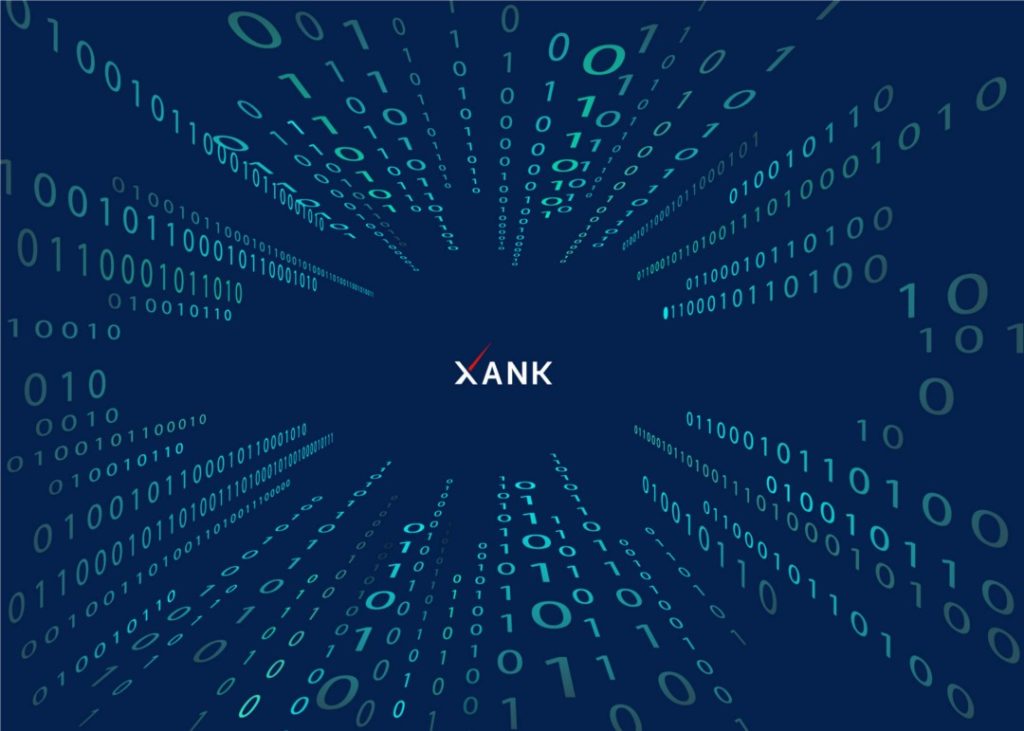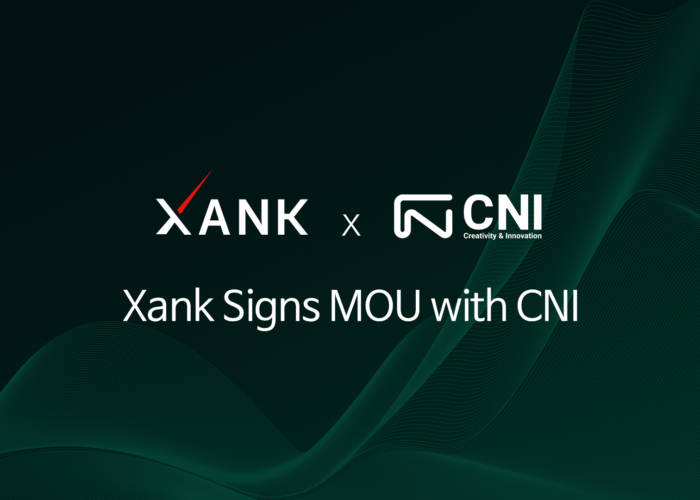
he stablecoin concept came about as a way to mitigate against the price volatility that most cryptocurrencies face which has ultimately hindered their adoption.
Merchants should be watching their businesses and instead of watching the fluctuations in price. Business owners and contractors want some surety in the value of their work during the lifetime of a quote, deal or transaction lifecycle. Likewise, anyone using cryptocurrency as an alternative store of their wealth will have to put up with a high appetite for risk.
To achieve price stability a coin would need to ‘peg’ against an underlying fiat currency so as to produce a fiat-stable price. This is a rather economically paradoxical concept in open markets where prices are determined by demand and supply. Currency pegs in the fiat world have often lead to disastrous results for the economies that have attempted them. More recently, everyone was witness to the meyhem created in global markets when the Swiss Franc decoupled its Euro peg on January 15th, 2015. Fixing a price against any underlying asset is not a simple task and the right methodology has been elusive to date.
In this post, we will look at the underlying methods that have been used by various stablecoin projects, such as those that are collateralized or seigniorage shares based, and we will contrast these approaches with the approach taken by Xank in implementing stablecoin functionality on a per-transaction basis.
Collateralized Stablecoins
Early attempts at stablecoins used collateralization to achieve the desired fiat peg. For instance, for each Tether that is issued the equivalent fiat amount in USD is held in reserve account. When users cash out of Tether, the reserves are reduced by the same amount and the Tether coins are burned so as the amount of Tether in circulation and the amount of USD held in reserve is always equal. Tether is an example of a fiat-collateralized coin. The main problem facing fiat-collateralized coins is that they depend on large fiat reserves to remain viable. This becomes an obvious central point of failure for the coin and obvious questions arise, such as, who is collateralizing? Can they sustain the reserve requirements indefinitely? What if they decide to abandon the project or they go out of business? Could a fiat collateralized coin survive a huge spike in demand in a general crypto downturn as people flood to the exits? Many of these scenarios have yet to be stress tested, and so, these questions remain unanswered.
Another idea is to use another crypto to collateralize a stablecoin. To do so, one would need to account for the volatility in the price of the underlying crypto that is chosen. To maintain a peg, the amount of crypto you would need to hold in reserve would fluctuate in accordance with the floating price. This means that the only way to collateralize is to ‘over-collateralize’ to such an extent that all fluctuations in price can be absorbed. If the underlying coin suffers from a major and sustained price downturn, then the stablecoin risks the liquidation of all the collateral so as to sustain the peg. Once all the collateral has been liquidated, the stablecoin price would then fold into the underlying asset. To avoid this scenario, the collateral required would need to be quite substantial, often, a many times multiple of the amount required to maintain the peg. Attracting parties to contribute their crypto holdings to sustain the required collateral would become increasingly difficult, even if interest payments were offered to reflect the underlying risk. Just like fiat-collateralized coins, crypto-collateralized coins are largely untested at periods of high market volatility and the fall-out from a major market downturn could lead to catastrophic failure.
Non-collateralized Seigniorage Shares
The concept of Seigniorage Shares was introduced by Robert Sams in his paper titled, A Note on Cryptocurrency Stabilisation: Seigniorage Shares, originally published in 2014 and updated in 2015. The idea goes that instead of using collateral to maintain a peg, a smart contract could be used instead that issues and buy back the stablecoin currency autonomously so as to maintain a constant price against a peg. Any price fluctuations would be automatically calibrated by the smart contract. If the price of the stablecoin falls low enough so as to deplete seigniorage reserves in the process of buying back from the market — new Seigniorage Shares could be issued. This assumes that the shares will mature when the price recovers, at which point the issued shares can earn a profit for the takers.
There are some variations to this scheme, but underlying all of them is the assumption that the cryptocurrency will continue growing to assure its perpetuity. This is not an entirely unrealistic scenario. To some extent, it mimics fiat currencies that are based on central banks continuously inflating the money supply on the assumption of continuous economic growth. But should a sustained market downturn occur, investors will sell their shares on the assumption that they will never pay out and the coin will invariably enter into a price death-spiral.
Another more technical problem also arises, that is, the inherent problem that blockchains operate blind to the price data. A trustworthy and reliable price data feed would be required that updated the smart contract in real-time. Such feeds could theoretically be established, but they would need to be beyond manipulation or downtime and no such oracle feeds have been developed as yet that have been adequately stress tested.
Stable Pay and The Self-funding Xank Reserve
Xank can be thought of as a third generation stablecoin in that it overcomes some of the main problems that are inherent in preceding stablecoin attempts. Firstly, Xank acts as a free-floating cryptocurrency, meaning that the price of Xank is set by the market forces of demand and supply, just as it is with non-stablecoin cryptocurrencies. This alleviates the requirement for Xank to act as a stablecoin network-wide and at all times. Instead, Xank introduces the Stable Pay price stabilizing feature. Stable Pay is optional and can be used on a per-transaction basis when stablecoin functionality is needed for the lifetime of a particular transaction. This means that should a user, business, merchant or exchange need to conduct a transaction that remains price stable in fiat terms, they simply need to use a Stable Pay transaction instead of a Standard Xank transaction.
The Stable Pay feature works in conjunction with the Xank Reserve which funds itself at the protocol level through collecting a percentage of the block rewards. The Xank Reserve autonomously calibrates each Stable Pay transaction by increasing or decreasing the amount of Xank coins in the transaction so as the value of the transaction remains constant in fiat terms. This means that stablecoin functionality is achieved on an ‘as-needed’ basis, instead of being a protocol-wide constant that is always activated.
A self-funding reserve also means that any collateral requirements are established autonomously at the protocol level, unlike other collateralized blockchains that rely on dedicated investors or shareholders. This decentralizes the otherwise centralized collateral requirements seen in other stablecoins.
In terms of establishing a reliable data feed that is not prone to manipulation and failure, Xank has opted to peg to the IMF’s Special Drawing Right (SDR). The SDR price represents a basket of the world’s major currencies, namely, the US dollar, Euro, the Chinese renminbi, Japanese yen, and British pound sterling. Using this combined price makes the SDR even more price stable than any one of the individual currencies in the basket. The price is quoted in USD terms and has been published daily by the IMF since 1981. The feed is available on the IMF’s website and can be easily incorporated in an Oracle which can be independently verified by anyone.
By decentralizing collateral requirements for stablecoin functionality, by introducing stablecoin as a protocol feature instead of a network-wide requirement, and by establishing a reliable price feed that can inform the Xank Blockchain in real time, Xank is set to overcome some of the problems inherent in earlier concept stablecoins. We have only touched on these solutions in this post and we plan to flesh out these solutions and features in subsequent posts.
108


